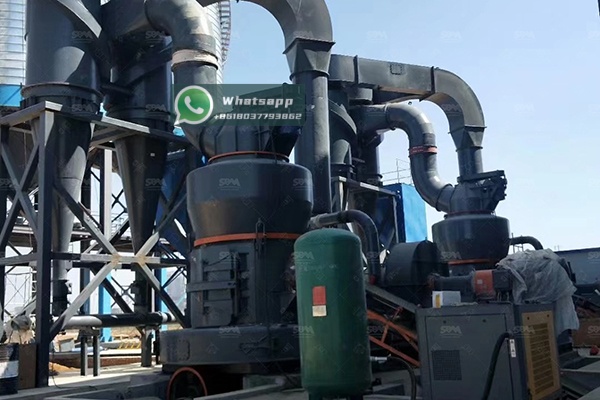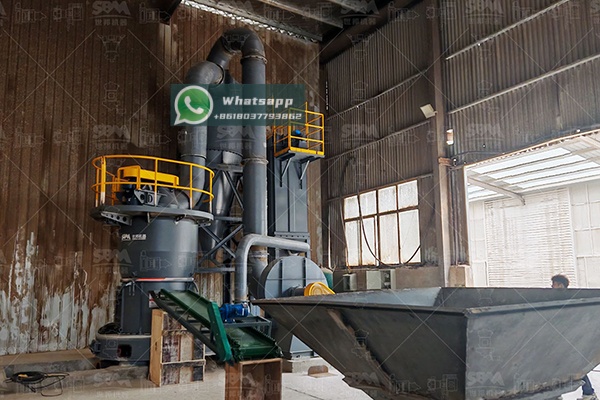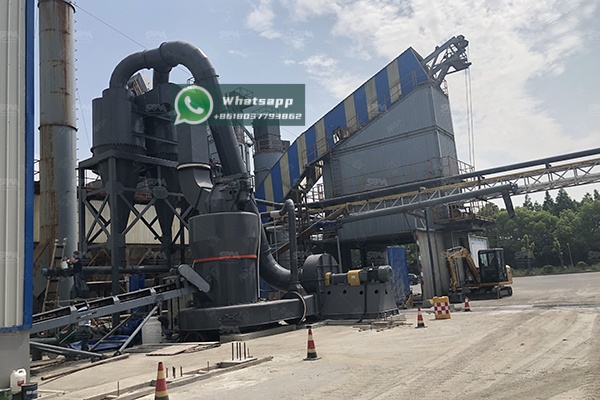The fertilizer industry relies heavily on precisely processed mineral inputs to produce effective agricultural products. Among the most critical raw materials are dolomite and magnesite, which provide essential magnesium and calcium nutrients for plant growth. The efficient processing of these minerals into fine powders is paramount for creating homogeneous fertilizer blends with optimal nutrient availability. This is where advanced grinding technology, particularly Raymond Mill systems, plays a transformative role. Shanghai Zenith Machinery Co., Ltd., an excellent manufacturer of ore grinding equipment in China, has made great achievements in the field of ultra-fine powder grinding, offering specialized solutions for these demanding industrial applications.

Dolomite (CaMg(CO3)2) and magnesite (MgCO3) are carbonate minerals that serve as vital sources of magnesium in fertilizer formulations. Magnesium is a central component of chlorophyll, the molecule responsible for photosynthesis, making it indispensable for plant health and crop yield. Dolomite additionally provides calcium, which strengthens cell walls and improves soil structure.
For these minerals to be effectively incorporated into fertilizers, they must be ground to a specific fineness. The particle size directly influences the rate of nutrient release into the soil. If the particles are too coarse, nutrient release will be slow and may not meet the plant’s immediate needs. If the particles are too fine, they can become dusty, leading to handling issues and potential nutrient loss. The ideal particle size for most fertilizer applications ranges from 100 to 400 mesh (150 to 38 microns). Achieving this consistent fineness requires a robust and precise grinding mill.
The Raymond Mill, a classic and highly evolved grinding technology, is exceptionally well-suited for processing medium-hardness minerals like dolomite and magnesite. Its working principle involves grinding rollers applying centrifugal force to the grinding ring, crushing the material fed into the mill. The crushed powder is then blown by an air stream to a classifier, where oversized particles are separated and returned for further grinding.
For the fertilizer industry, the key advantages of a Raymond Mill include:
As a leader in industrial powder grinding equipment, Shanghai Zenith Machinery Co., Ltd. offers a range of mills that can be perfectly tailored for dolomite and magnesite processing. While our portfolio includes advanced systems like the MTW Trapezium Grinding Mill and LUM Ultrafine Vertical Mill, our Raymond Mill remains a cornerstone for this specific application due to its proven performance and economic benefits.

For fertilizer producers seeking a balance of performance, reliability, and cost-effectiveness, our YGM series Raymond Mill is an outstanding choice. It is engineered for energy saving and environmental protection, offering high grinding efficiency and high economic profits, making it an ideal workhorse for continuous dolomite and magnesite grinding operations.
| Model | Roller Quantity (pcs) | Max.Feed Size (mm) | Discharging Size (mm) | Capacity (t/h) |
|---|---|---|---|---|
| YGM8314 | 3 | 20 | 1.6-0.045 | 1.2-4.6 |
| YGM9517 | 4 | 25 | 1.6-0.045 | 2.1-8 |
| YGM4121 | 5 | 30 | 1.6-0.045 | 5-11 |
The YGM4121 model, with its five rollers and capacity of up to 11 tons per hour, is particularly recommended for medium to large-scale fertilizer production facilities. Its ability to handle a feed size of up to 30mm reduces the need for extensive pre-crushing, streamlining the entire production line.
Simply grinding the mineral to a fine powder is not enough. The entire process must be optimized to ensure the final product enhances the fertilizer’s performance. Key considerations when using a Raymond Mill for this purpose include:
For operations requiring higher capacity or even greater efficiency, Shanghai Zenith’s MTW Trapezium Grinding Mill presents a compelling advanced alternative. As a grinding mill with multiple patents, it is known for its compact structure, long service life, and eco-friendly design. It is an excellent choice for processing dolomite and magnesite with a maximum input size of 50mm, producing a final product as fine as 0.038mm (400 mesh).
The MTW series incorporates features like a conical gear overall transmission, internal thin-oil lubrication system, and arc air channel, which collectively contribute to higher overall efficiency, longer life, and finer final powder compared to traditional designs.

The processing of dolomite and magnesite is a critical step in the fertilizer manufacturing chain. The choice of grinding equipment directly impacts product quality, operational cost, and production efficiency. The Raymond Mill, particularly the robust and efficient YGM series from Shanghai Zenith Machinery Co., Ltd., stands out as a proven and reliable solution for achieving the precise particle size required for high-quality fertilizers. By investing in the right grinding technology, fertilizer producers can ensure their products deliver essential nutrients effectively, contributing to global food security and agricultural productivity.